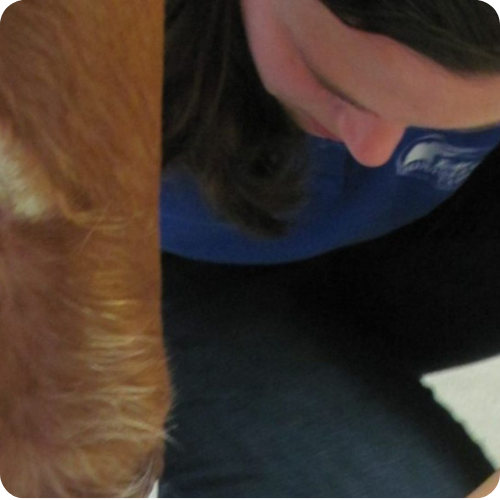
Equine Stem Cell Injection: Step By Step
Call us today at 📞 434-973-7947
Equine Stem Cell Injection: Step By Step
“Autologous mesenchymal stem cells” are derived from your horse’s bone marrow, which we will have collected 2-4 weeks prior (see “Collecting bone marrow for stem cell therapy”). Stem cells occur naturally in the body and have the unique capacity to renew themselves and be programmed into specialized cell types, allowing an injured horse to naturally regenerate tissue that has been damaged. From your horse’s bone marrow, a regenerative medicine laboratory cultures large concentrations of stem cells to be injected into the injured area for more organized healing, with less fibrosis and scarring of the originally damaged tissue. Research has shown that stem cells not only regenerate tissue but also recruit growth factors and augment chemical messenger signaling of the body’s own tissues. Although there is still a lot to learn and understand about stem cells, we do feel that they are efficacious in improving the quality of healing of tendon and ligament injuries.
Just as with a bone marrow harvest, stem cell injections are typically an “outpatient procedure,” meaning you can haul your horse to the clinic, have the injection performed, and take your horse back home within the same afternoon. You should plan to be at the clinic for about two hours (a bit less or more, depending on the case).
Once your horse has had some time to settle into the stall and get a drink of water, we will give him or her a light dose of sedation and walk to the exam room in the main building. You are welcome to come along and watch the procedure!
Depending on the nature of the injury, the doctor may ultrasound your horse’s leg before injecting stem cells to assess progress and pinpoint the exact location of the lesion. This ensures that the stem cells will be delivered to the area (or areas) that need them the most.
We then clip and thoroughly scrub the area where the doctor will inject the stem cells.
The doctor may choose to perform a regional nerve block proximal to the injured area so that your horse does not experience any discomfort when the needle (or needles) are placed into the lesion for injection of stem cells. By “numbing” that part of the leg, we also decrease the likelihood of leg movement during the procedure, which could result in the loss of some stem cells.
Next, the doctor uses ultrasound guidance to place a needle (or several needles) into the lesion and carefully inject the stem cells. A protective bandage is placed on the limb, and your horse is given a dose of anti-inflammatory medication. After this, your horse can go back to a stall to relax while the sedation wears off, and they are usually ready to trailer about 30 minutes later. The doctor will review the physical rehabilitation plan with you and make any alterations to it if needed.
Get Care
© Blue Ridge Equine Clinic | Privacy Policy


